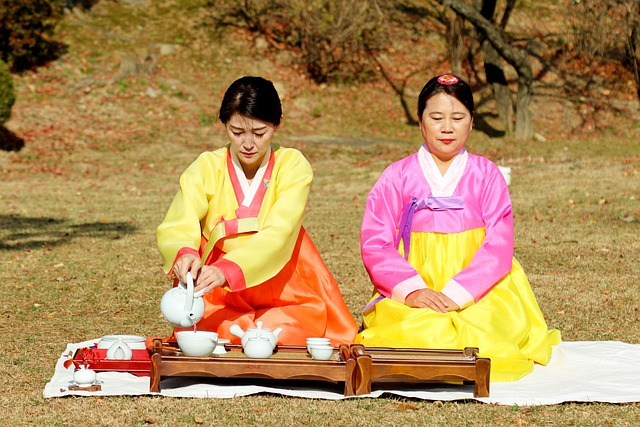Why in South Korea living cost is cheaper than income?
Why in South Korea living cost is cheaper than income?
South Korea is known for its dynamic economy, technological advancements, and vibrant culture, but it also presents an intriguing paradox when it comes to the cost of living versus income. Despite high levels of economic development and substantial incomes, many South Koreans experience a cost of living that can be perceived as relatively low compared to their earnings. To understand this phenomenon, we need to delve into several key factors, including the structure of South Korea’s economy, housing market, societal norms, and government policies.
Economic Structure and Income Levels
South Korea has experienced rapid economic growth over the past few decades, transforming from a war-torn country into a high-tech industrial powerhouse. This growth has led to higher income levels, particularly for those working in technology, finance, and other high-value sectors. However, the distribution of income can be uneven, and the cost of living doesn’t always reflect the high incomes of certain sectors.
Housing Market
One of the most significant factors influencing the perception of lower living costs is the housing market. South Korea's housing market is complex and influenced by a variety of factors, including government policies, demand, and urbanization trends.
Jeonse System
A unique aspect of the South Korean housing market is the "jeonse" system. This system involves tenants paying a large lump-sum deposit to landlords instead of monthly rent. The deposit is often equivalent to 50% to 70% of the property’s value. The tenant does not pay monthly rent, but the landlord earns interest on the deposit and can use it as collateral for loans or investments.
For many South Koreans, especially in urban areas like Seoul, jeonse can be more affordable in the long term compared to monthly rent payments. Although the initial deposit can be substantial, it often represents a significant saving compared to the cumulative costs of renting over time.
Housing Affordability
Housing affordability varies significantly between urban and rural areas. In major cities like Seoul, the cost of real estate is high, but many residents benefit from the jeonse system. Additionally, government policies aimed at regulating housing prices and offering subsidies or low-interest loans can help mitigate some of the costs.
Cost of Living
When evaluating the cost of living in South Korea, several factors contribute to the perception that it is relatively low:
Consumer Goods and Services
The cost of everyday consumer goods and services in South Korea is relatively low compared to many Western countries. Food prices, public transportation, and healthcare costs are generally affordable. South Korea has a well-developed infrastructure, and the cost of public transportation is subsidized, making it relatively inexpensive. Additionally, South Korea has a highly competitive retail sector with numerous discount stores and markets that help keep prices down.
Cultural Factors
South Korean culture places a strong emphasis on family and community support, which can impact living costs. For example, it is common for extended families to live together or for young adults to stay with their parents until marriage. This communal living arrangement can reduce individual living expenses and contribute to the perception of lower living costs.
Government Policies and Subsidies
The South Korean government plays a significant role in shaping the cost of living through various policies and subsidies:
Social Welfare Programs
South Korea has a range of social welfare programs designed to support low-income families and individuals. These programs include healthcare subsidies, housing assistance, and unemployment benefits. Such support can offset some of the living costs and make life more affordable for those in need.
Education and Healthcare
Education and healthcare are two areas where government intervention significantly impacts costs. South Korea has a robust public healthcare system that offers high-quality medical services at relatively low costs. Education is also heavily subsidized, and public schools are free, reducing the financial burden on families. However, private education can be expensive, and many families invest in additional tutoring and extracurricular activities for their children.
Regional Variations
The cost of living can vary significantly between different regions of South Korea. While Seoul and other major cities tend to have higher living costs, rural areas and smaller cities can be considerably cheaper. This regional disparity affects overall perceptions of affordability, with urban residents often facing higher costs for housing and other expenses compared to those in less populated areas.
Conclusion
The perception that the cost of living in South Korea is lower than income levels is influenced by a combination of factors, including the unique housing system, government policies, cultural norms, and regional variations. The jeonse system provides a significant financial advantage for many residents, while affordable consumer goods and services, alongside supportive government programs, contribute to lower living costs.
However, it is important to recognize that these factors can interact in complex ways, and individual experiences may vary. For some, particularly those in high-cost urban areas or those not benefiting from the jeonse system, the cost of living may still feel high relative to their income. Overall, South Korea’s economic and social structures create a distinctive landscape where living costs and income levels can appear more balanced than in many other developed nations.
People also ask:





Comments
Post a Comment